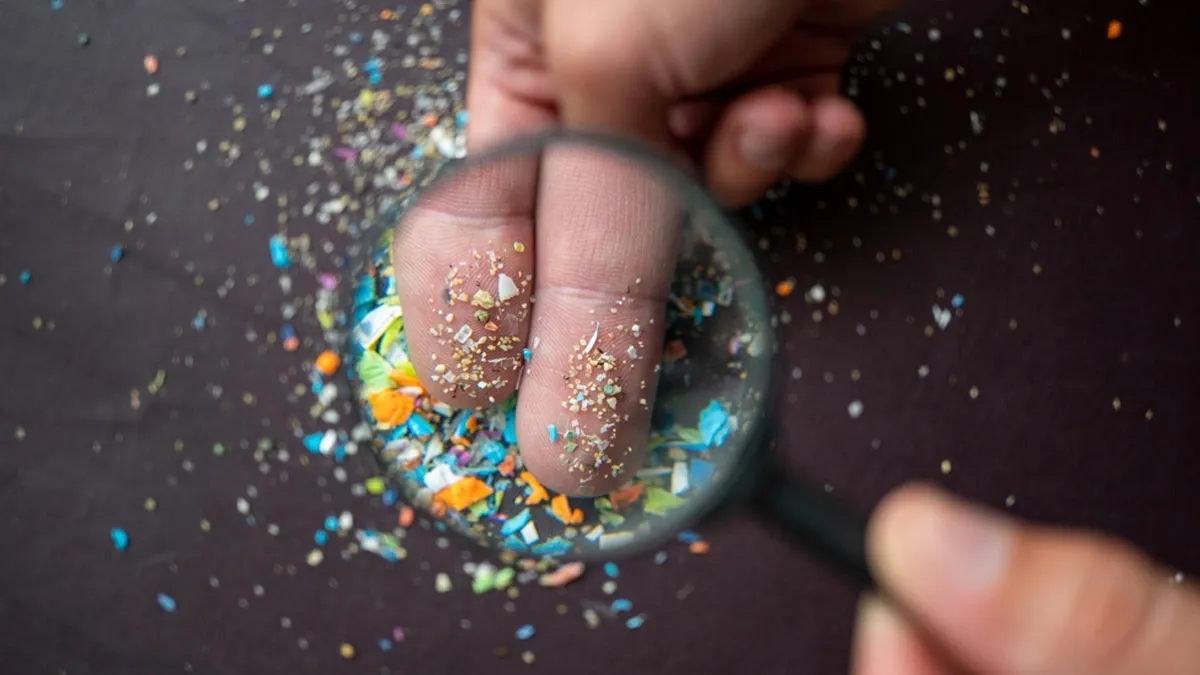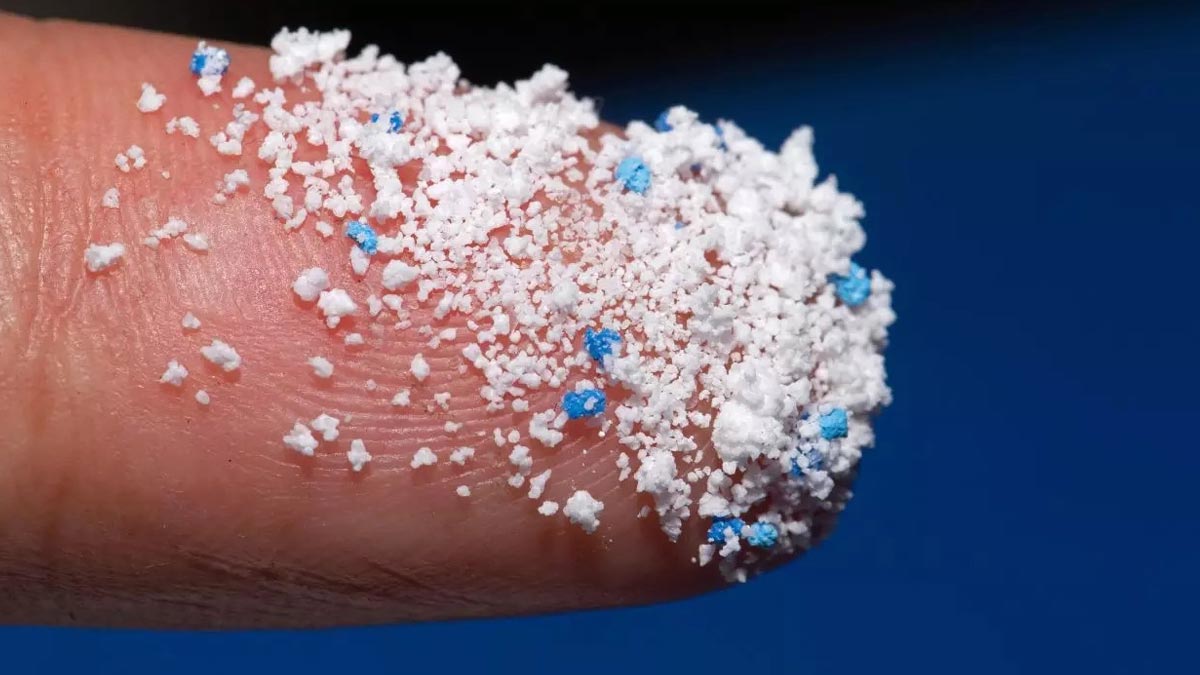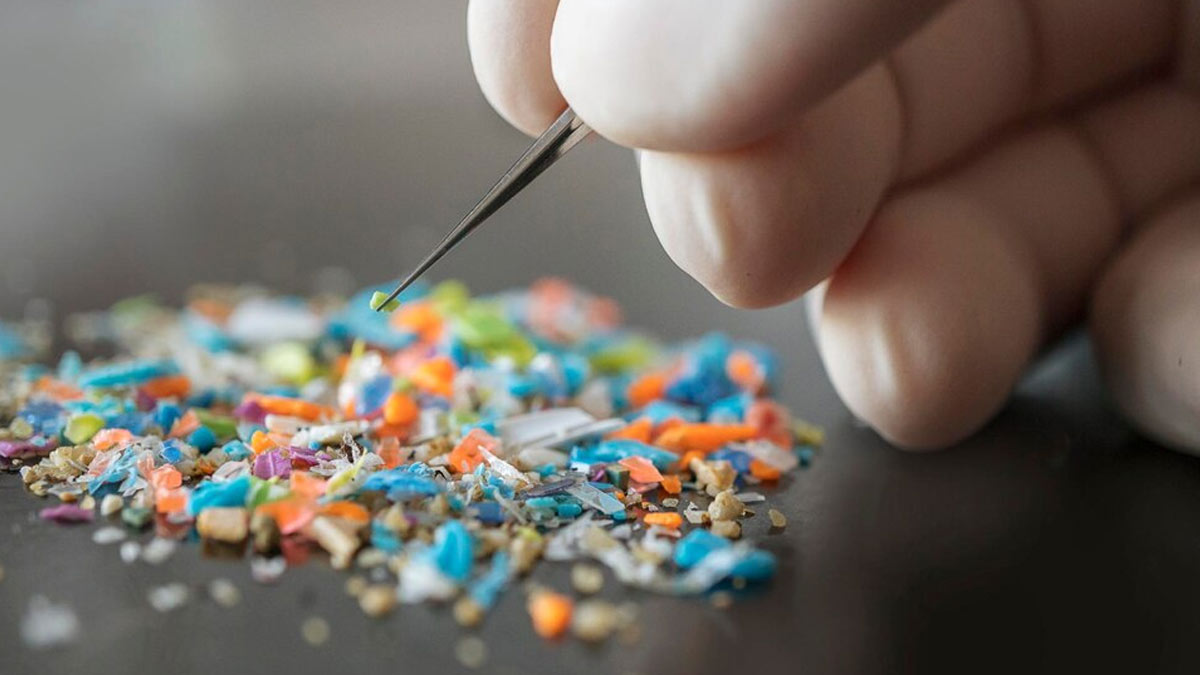
Microplastics are small pieces of plastic, typically under 5mm, which have come from the disintegration of large plastics or have been created to be sold for use (microbeads in cosmetics). They have invaded our surroundings, our air, our water, and even our food chain. As they are not biodegradable, microplastics will add up over time, potentially carrying health issues when consumed.
Table of Content:-
How Do Microplastics Enter Our Diet?
If you're worried about how microplastics end up in our food and drinks, well, through several avenues:
1. Drinking Water
Tap water and bottled water both have microplastics because of plastic pipe contamination, packaging, and pollution in the environment. That's how with every sip of water you take, you are also unknowingly consuming microplastics.
2. Seafood
Most marine species, such as fish and shellfish, consume microplastics from contaminated waters. When we eat them, we also eat these particles as well.

Also Read: Period Panties: Safe, Hygienic, Or Overhyped? Here's What The Expert Says
3. Salt and Sugar
Research has found that microplastic contamination in table salt, particularly sea salt, and in sugar is very high. According to experts both of these readily used kitchen ingredients are unavoidable in everyday food chores.
4. Plastic Packaging
Processed and packaged foods absorb microplastics from their plastic packages and wraps.
5. Airborne Particles
Microplastics are found in household dust and in the air we inhale, settling on food left uncovered.
Easy Steps to Lower Microplastic Exposure
According to our expert, Dr Shrey Srivastava, General Physician, Sharda Hospital - Nodia, it is almost impossible to remove microplastics completely, however, there are simple ways to reduce exposure. Here's what you can try:
1. Drink Filtered Water
Utilise good-quality water filters that can filter out microplastics, including activated carbon or reverse osmosis filters.

Also Read: Stubborn Belly Fat Won’t Budge? Get These Hormone Tests To Know Why You’re Not Losing Weight
2. Select Fresh Over Packaged Foods
Minimise intake of processed and packaged foods that can have absorbed microplastics from their packaging.
3. Limit Seafood Consumption
Dr Srivastav suggested opting for sustainably caught seafood, as microplastic content varies by species and location.
4. Use Glass or Stainless Steel Containers
Use glass or stainless steel containers for storing (leftover) food rather than plastic to avoid the leaching of microplastics.
5. Don't Use Single-Use Plastics
Reduce the usage of plastic straws, utensils, and food packaging. Experts believe that this is the fastest and worst possible way that leads to microplastic pollution.
6. Cover Your Food
Remember when as kids you were taught to always cover your food? Well, covering your food helps to avoid airborne microplastics settling on your food thereby cutting down the exposure of microplastics.
7. Use Natural Fibre Textiles
Clothing made of synthetic materials releases microplastics during the washing process. Hence, the use of natural fibres such as cotton and linen lessens plastic particle shedding in the environment
Bottomline
Microplastics are now an inescapable aspect of contemporary life, but by being mindful, we can limit our exposure and decrease their effect on our health. Simple actions, like drinking filtered water, eating fresh produce, and not using plastic packaging, can greatly reduce microplastics entering our bodies. By acting now, we safeguard our health and help create a healthier world.
Also watch this video
How we keep this article up to date:
We work with experts and keep a close eye on the latest in health and wellness. Whenever there is a new research or helpful information, we update our articles with accurate and useful advice.
Current Version